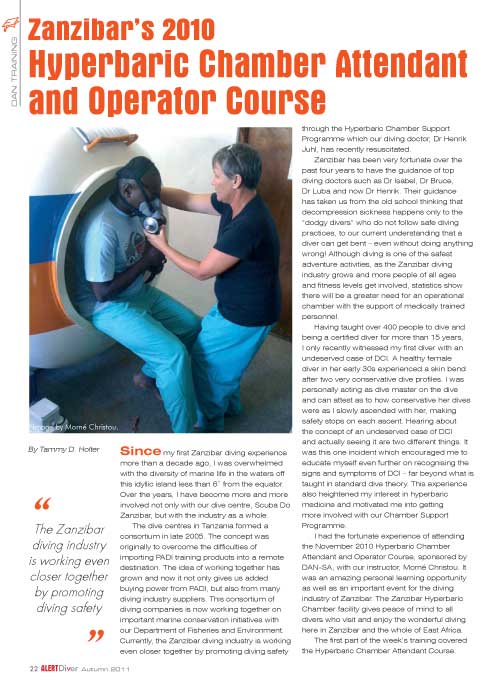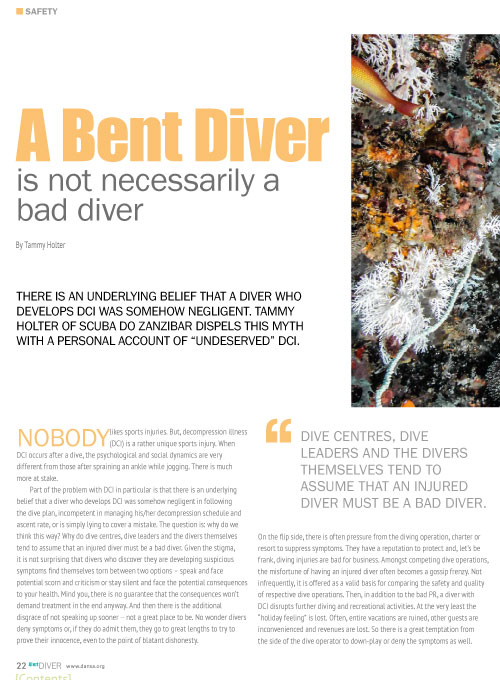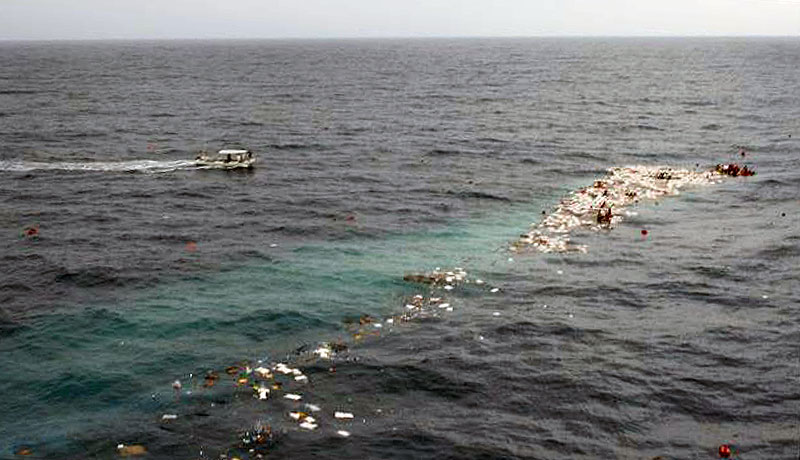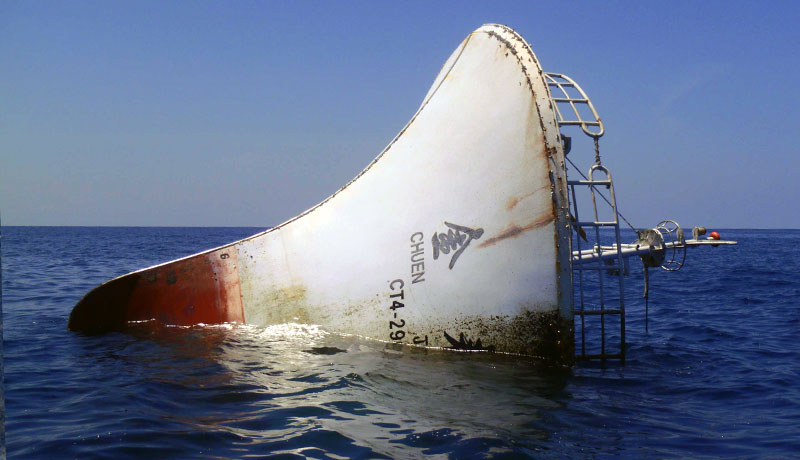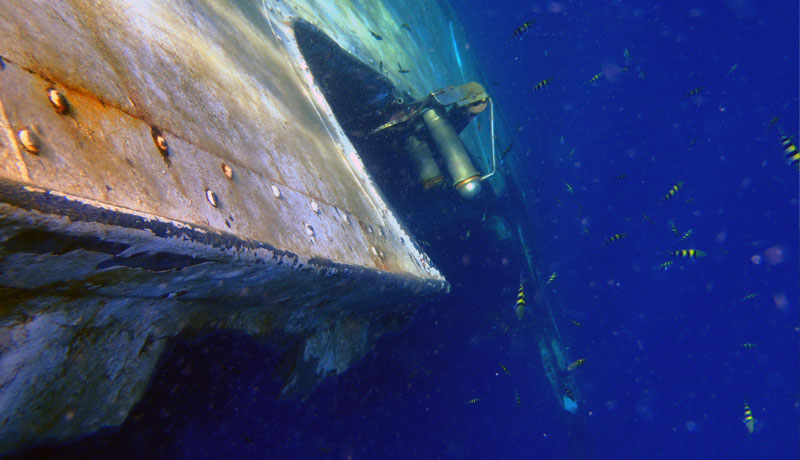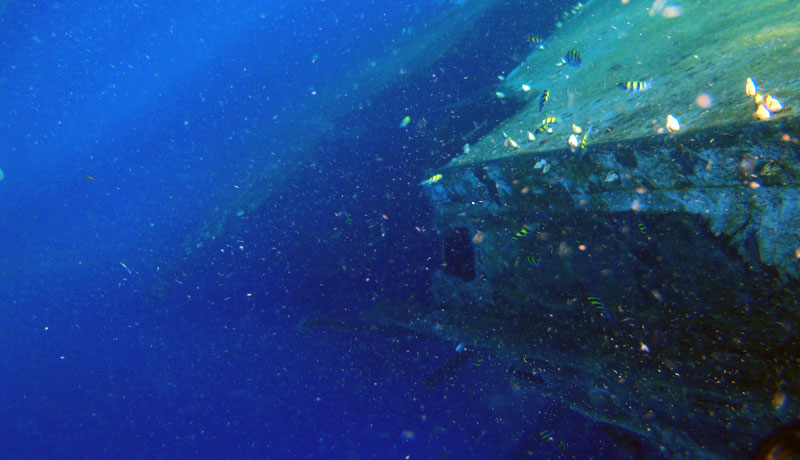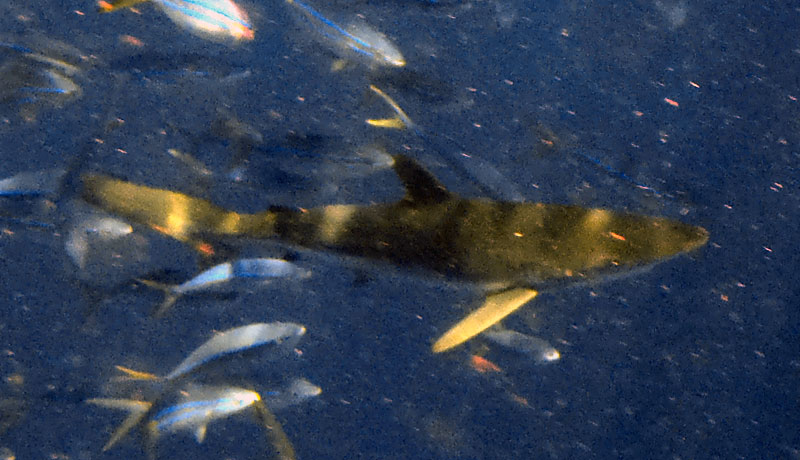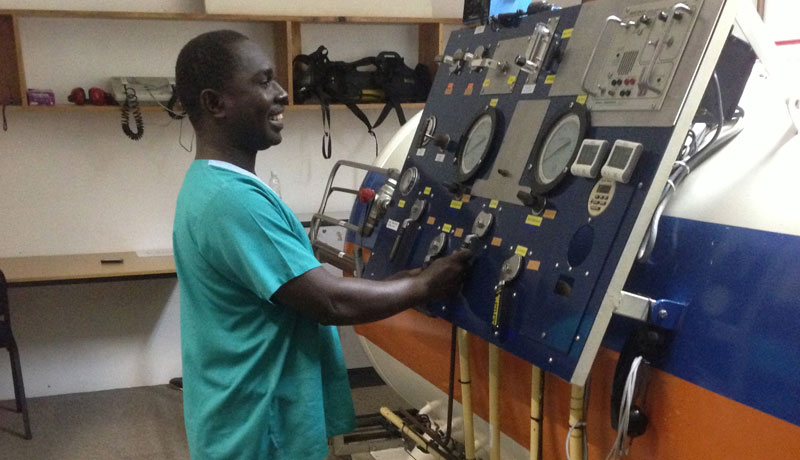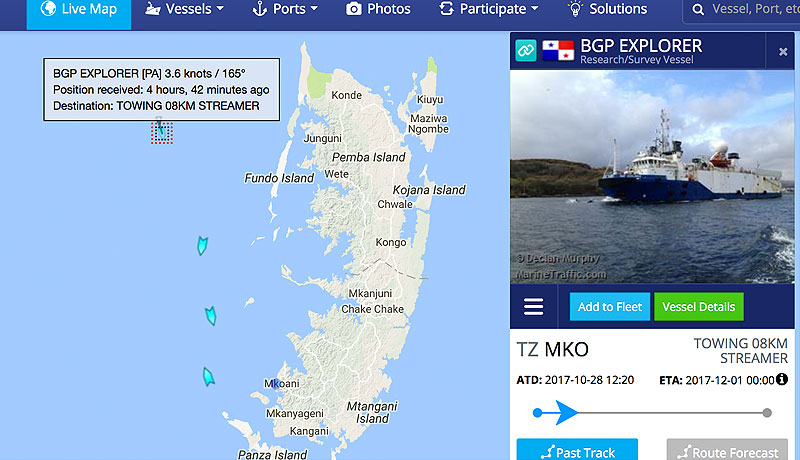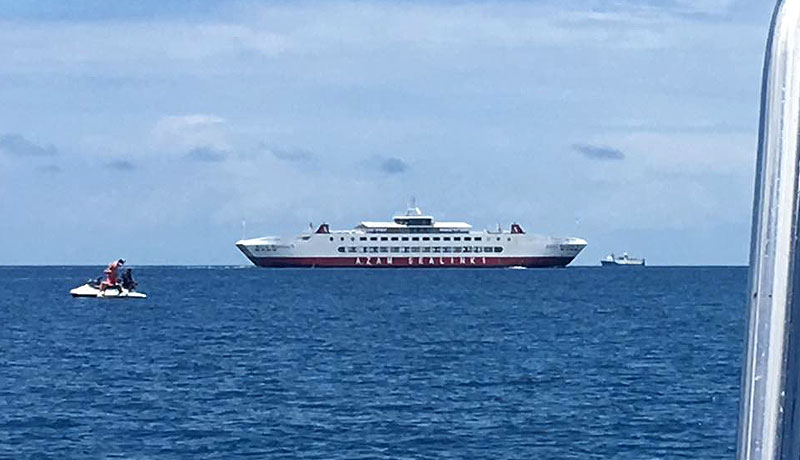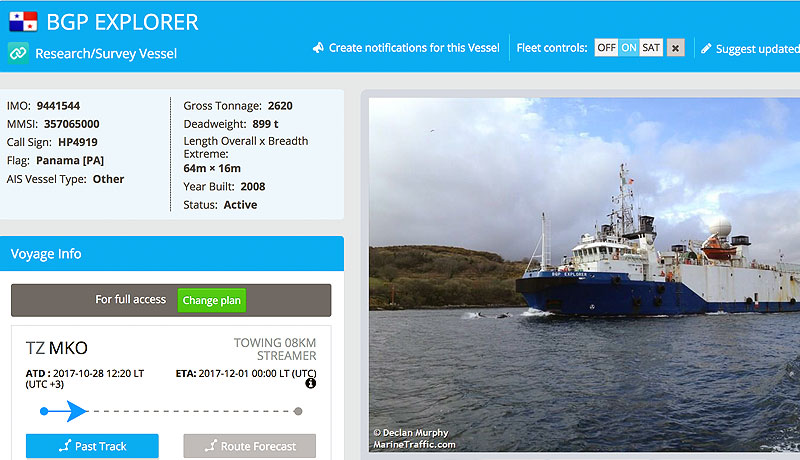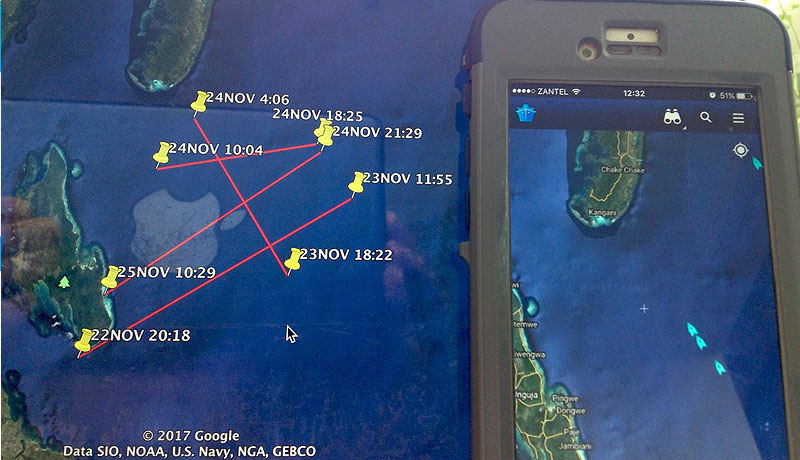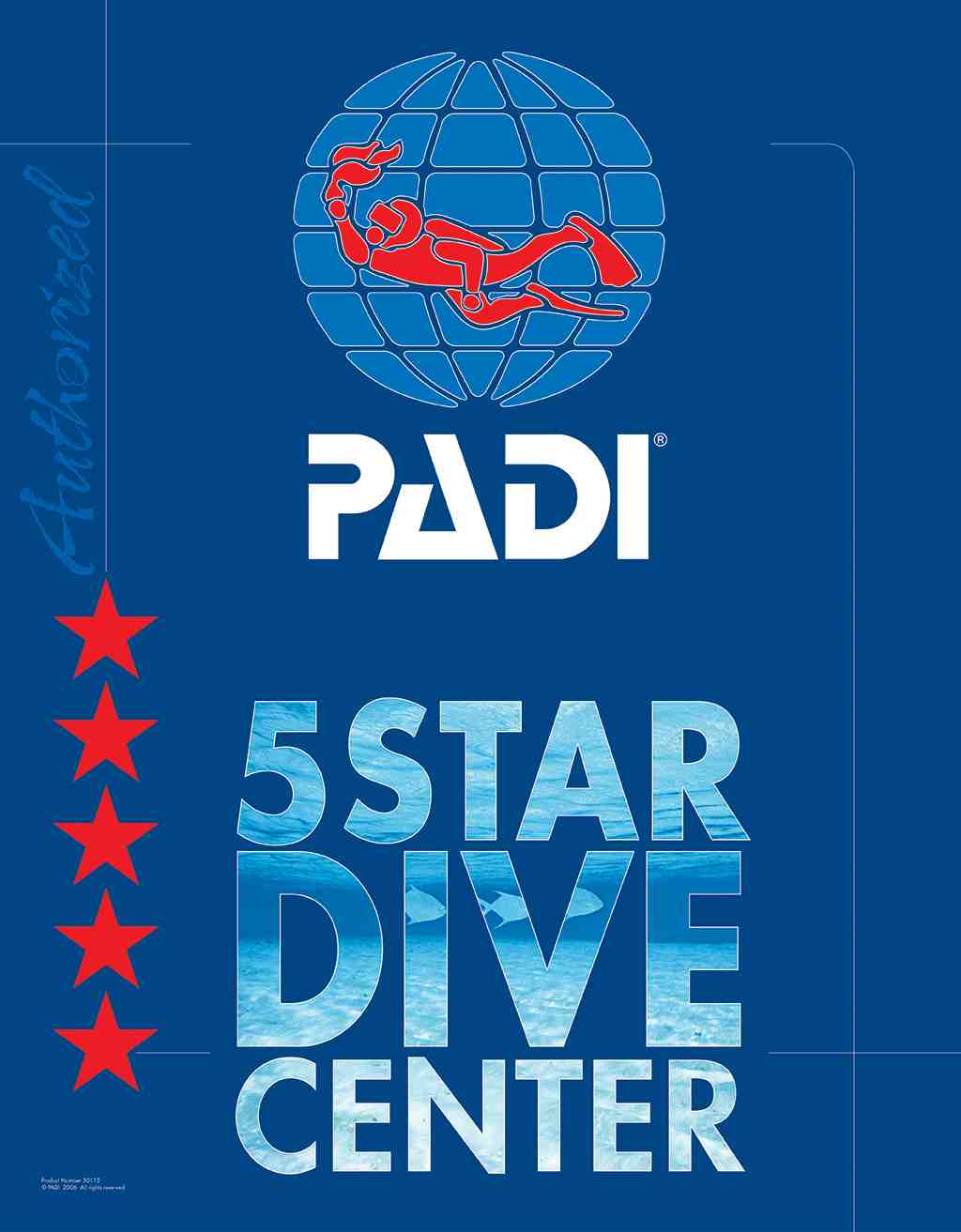
Sea Safety Campaign
Sea safety has always been a top priority for us at Scuba Do Zanzibar. Through our close relationship with the British High Commission in Tanzania, and in particular the consular section; we shared our concerns regarding the need for an awareness campaign. This campaign focused on the importance of individuals to take responsibility to ensure any vessel they board has adequate safety equipment and procedures in place. Whether boarding a passenger ferry or tourism boat, there must be lifejackets, communication equipment, preferably two engines incase one fails, first aid equipment,etc. The British High Commission sponsored the Sea Safe Campaign by producing a video, presentation and brocures to be distributed and the campaign was launched onboard the HMS Sutherland on 26th October 2012. This campaign later merged into the Know the Ropes campaign.





